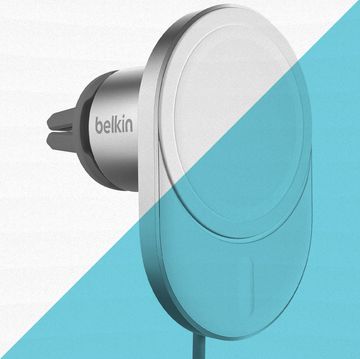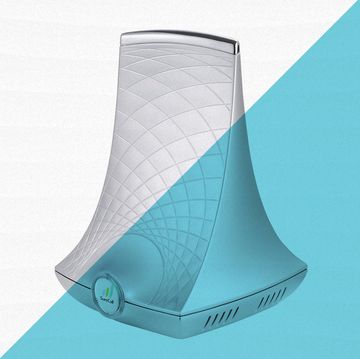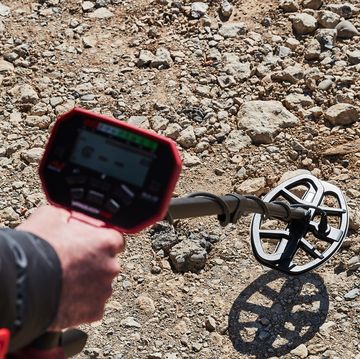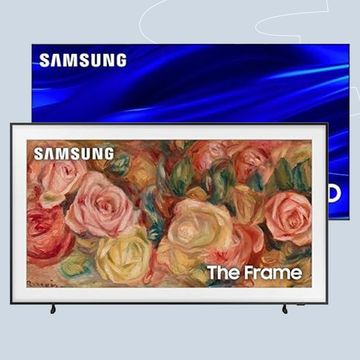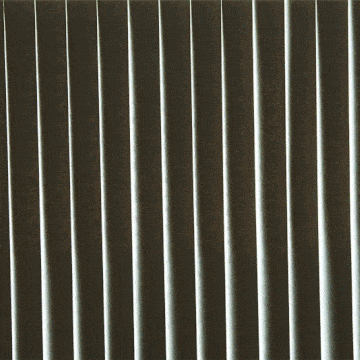Welcome to PM/AM, Popular Mechanics' morning briefing on the top science and tech stories for today.
(Photo credit: Leonardo Banchik/ Elsevier B.V.)
New research in the Journal of Membrane Science suggests we may be able to power wastewater-treatment plants by mixing saltwater and freshwater. The MIT researchers modeled an up-and-coming method of generating power, called pressure retarded osmosis (PRO), to figure out the most efficient design.
In a PRO system, a membrane separates two water supplies. One side contains salty seawater, or brine, and the other contains freshwater. To balance out the salinity, the freshwater flows into the salty side. The influx increases pressure on the salty side, creating a stream that powers a turbine.
The researchers created a model to see how PROs could maximize power generation. One finding makes complete sense: When the two streams have vastly different salinities, such as briny water and treated wastewater, they create twice as much power compared to ordinary seawater and river water. Additionally, the bigger the membrane, the more power it harnesses (though eventually there's a point of diminishing returns). To generate 95 percent of maximum power, a membrane can be half the size of one that generates 100 percent.
This is good news for desalination plants, which could use efficiently-designed PRO plants to provide power. Desalination plants have been a great resource for water-poor areas—including the U.S., Egypt, Spain, and Australia—but they require a lot of energy and generate briny wastewater.
Theoretically, a PRO system using the brine could power an entire treatment facility; however, it would require a membrane about a half-mile in area. It's not an impossible size—according to the press release that's the same size film as the one in the world's biggest reverse osmosis plant. And the membrane wouldn't have to be one humongous sheet—engineers could arrange smaller ones in a spiral to reduce their footprint. The big question is whether this can be an economically feasible solution.
Read This
USB made file-sharing and connecting external devices so much easier than it was in the days of old. So what technology comes next?


